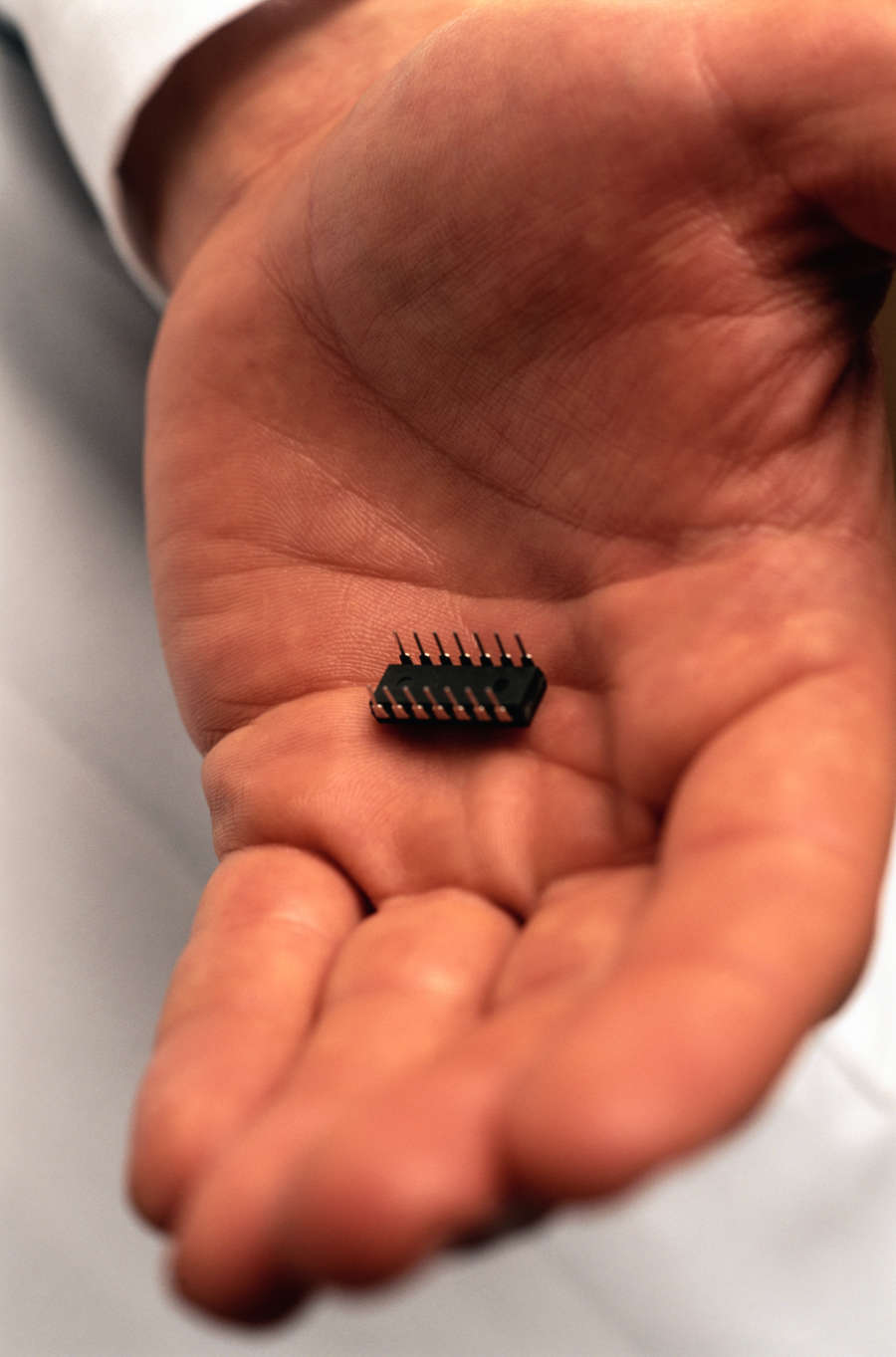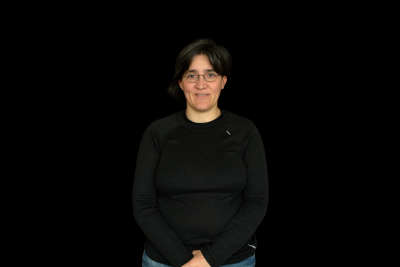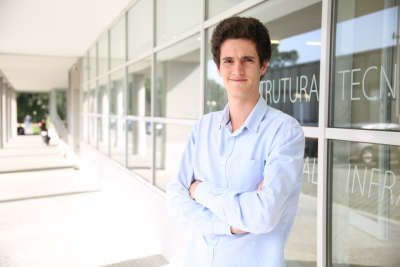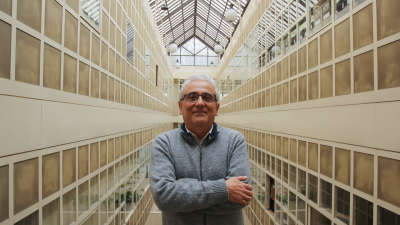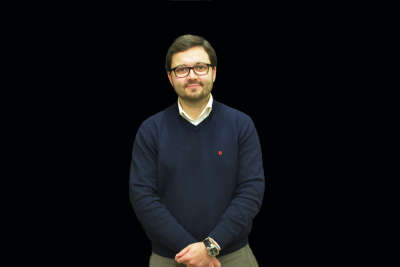NanoSTIMA - Macro-to-Nano Human Sensing Technologies
Project NanoSTIMA will try to respond to two great challenges: going from the current macro technologies used today to micro and nano technologies, which will play a key role in the health and well-being sectors; and managing the large amounts of information that these wearable and implantable sensors will generate, integrating them with data from other sources, such as medical records, genetic data, and even social networks. The project’s research line 1 will be developed by two INESC TEC centres: C-BER and CAP. At C-BER, the goal of CAD-RL5 is to develop advanced capabilities for computer-aided detection and diagnosis (CAD). This requires research on innovative methodologies for CAD development, that will make it possible to go from ad hoc engineering approaches, driven by direct expert knowledge, to more automated approaches, driven by the intrinsic structure of data, knowledge discovery and expert supervision. Problems tackled will be generic in the sense that appropriate outcomes can be applied universally to medical imaging practices. The developed method will enable lab demonstrations of several clinical problems where the research team has relevant experience (e.g. radiology, ophthalmology and ultrasound imaging).



